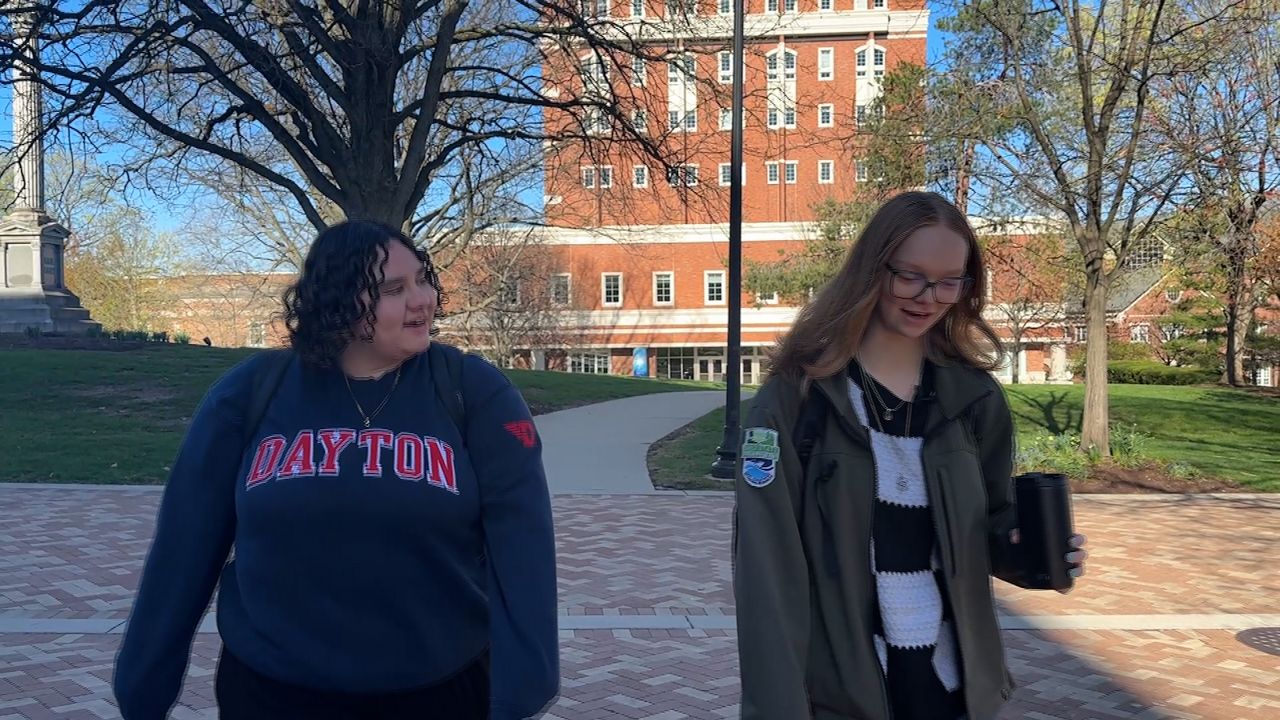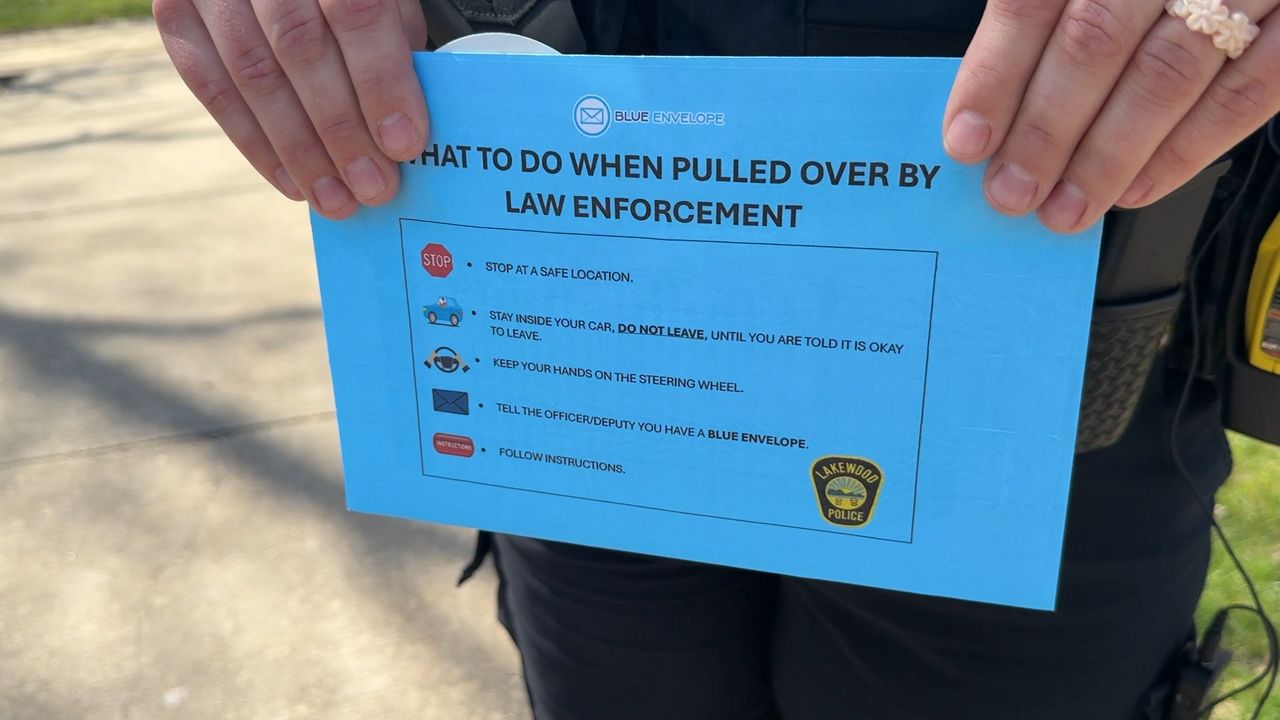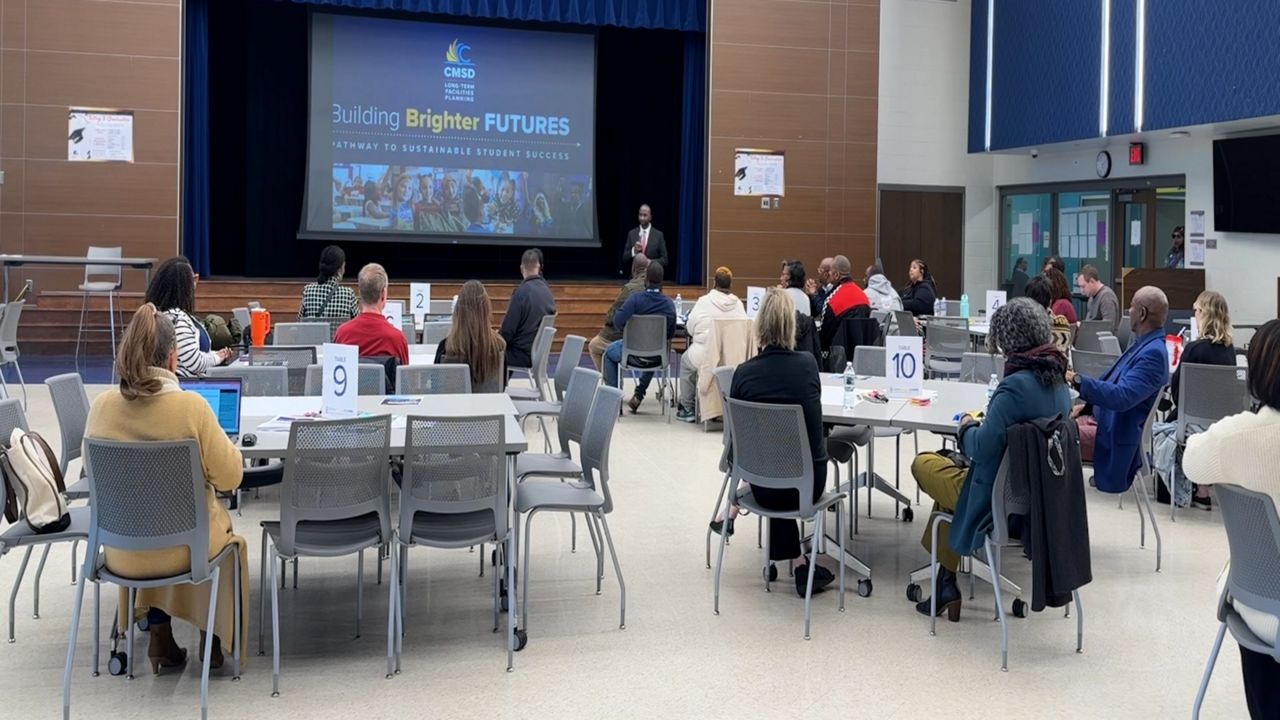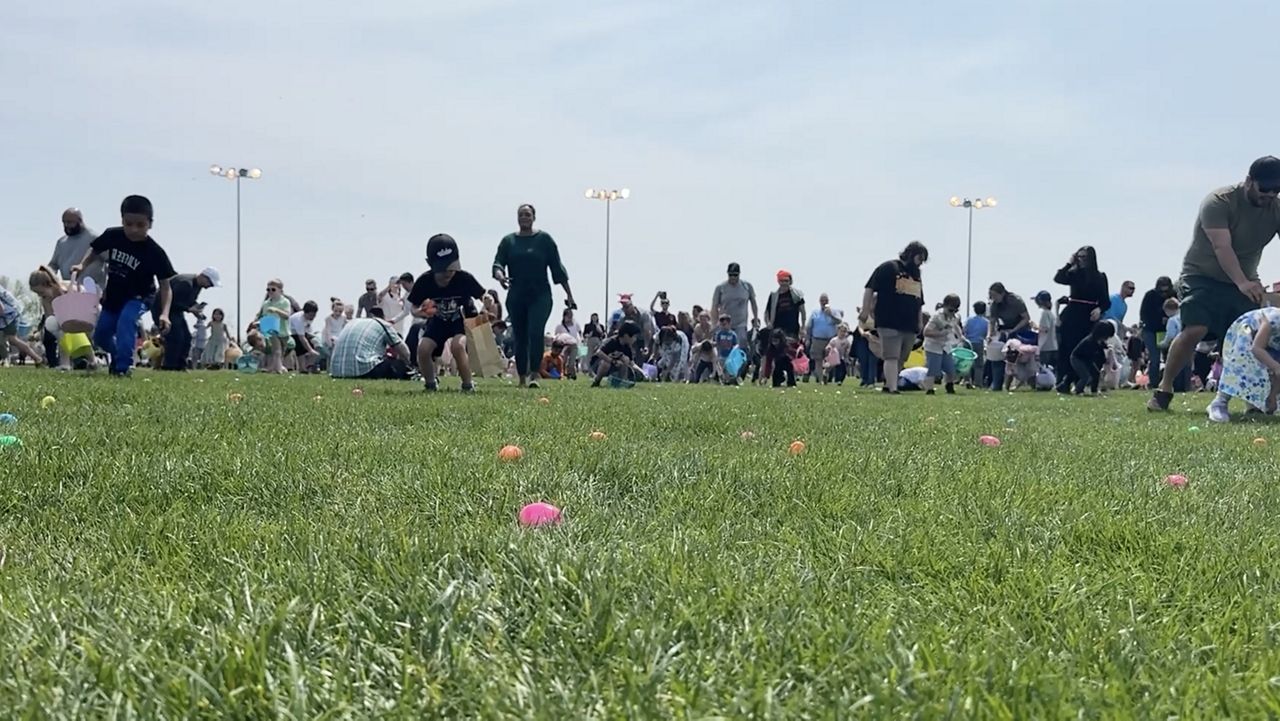COLUMBUS, Ohio — Communities across America are still trying to recover from the effects of redlining. Some say the discriminatory practice had a significant impact on generations of Black people, especially in Columbus.
Redlining, which is now an illegal practice, gave a way for lenders to draw red lines on maps of areas where they did not want to make loans.
What You Need To Know
- Black communities like Bronzeville had their own schools and businesses
- Blacks in Columbus taught those coming from the South how to read and write as they’d just come out of slavery
- Redlining in Columbus took away flourishing businesses in areas like the King Lincoln Bronzeville area
Rita Fuller-Yates is a community historian. She said 85% of the African American population lived within the boundaries.
The area, she explained, while segregated was key for redlining. That’s because Black people owned their own businesses and had their own wealth. Plus, the community had its own schools and so much more. She said churches within the community often provided education and housing to Black people who moved from the south.
“They identified it by saying what are the salaries of this community? What are the disadvantages, how many homeowners live in this community?” Fuller-Yates said of redlining.
Once this happened, the flourishing area shifted. Businesses no longer lined the streets. Instead, they were replaced often with parking lots that still exist today across from the Lincoln Theater and on the campus of Columbus State Community College. There, a statue of Elijah Pierce stands to demarcate where his barbershop used to be located.
As businesses disappeared, plans for freeway projects were set in motion. Clothing designer Voszi Douglas was a young girl when that started happening.
“They started tearing down houses and I was really afraid they were going to tear our house down because we were very close to where the freeway went.”
Although her house and church remained, Douglas said, her aunt’s house was taken along with many others.
While redlining was outlawed, Fuller-Yates said it’s important now to use history as a reflection of what happened, recognize the pain of it and then say what can we do as a community to change the course and perspective of it.











